
The Skinny on Shipping
On the other end of the phone line the panic and mounting tension was so thick it could be cut with a knife. After the two seconds of silence that felt like an eternity, the customer responded with both desperation and frustration just as anyone would expect: “What do you mean I can’t ship my order? I’ve been counting on these plants!” Expletives were deleted from this article, but you can imagine the colorful language added.
This scenario, although rare, is never something anyone involved in the supply chain of retailing plants want to experience. No amount of apology from plant suppliers can amend a late notification from the trucking companies that there is simply not room. It can blindside customers who are counting on the plants and can impact growers, vendors and supplier relationships with even the most loyal customers.
Unfortunately, some of us know the frustration that comes with ordering — and more particularly, shipping — plants. You plan your order months in advance for the right mix and quantity of plants, spend an enormous amount of time and energy sourcing them from multiple nurseries and vendors, and make arrangements for the transportation for your plants.
Spring is an especially difficult time in the plant industry because of logistics. Ordering plants is hard enough without dealing with the other difficulties inherent to perishable goods like limitations on availability or quality, or entire crop failures. Even when plants are available, lawn and garden retailers can find it difficult to secure a ride for their fiercely sought-after Florida foliage.
In recent years, we have seen shipping issues exacerbated as popularity of plants increases and availability of specialized trucks needed for transport wanes.
Truck-Space Crunch
A few factors have contributed to this truck space crunch. First, there is an older population of drivers and fewer young entrants into the industry to take their places, according to the Bureau of Labor Statistics and a report from the American Trucking Associations. This is leading to a truck driver shortage across the entire trucking industry, not just relating to shipping plants.
Second, there is additional pressure from ever- increasing e-commerce, with big retailers like Amazon and Wal-Mart shipping even more product. This creates more demand for drivers.
Lastly, (and we will have to wait to see the final impact as the invisible hand helps us find the new equilibrium), is the implementation of electronic logging devices (ELDs) for truck drivers.
Electronic Logging Devices
With the implementation requiring electronic logging devices in semi-trucks, we have seen a big shift in productivity of trucking. This is not a small impact, but rather one that reaches everything that is shipped by semi-truck. Plants and foliage just happen to be one of those items.
The regulations on the number of driving hours allowed and number of resting hours required are nothing new. These have been around for decades. The Hours of Service regulations from the Federal Motor Carrier Safety Administration (FMCSA) require no more than 14 hours of work before 10 hours of rest. Eleven of those 14 working hours could be drive time, and at least a 30-minute break was required during any 8-hour span of work.
It was an open secret that drivers kept written logs of their drive time in a way that fudged the numbers to be “compliant.” The mandate requiring the use of ELDs, however, is newly in full force as of December 2017. When the truck is moving the log is rolling, and drivers are no longer able to have the “flexibility” of the paper log.
One foliage carrier I spoke with about the impact of the electronic log requirement said they have had to increase the number of trucks to accomplish the same amount of work. This does not come without cost implications, and some carriers have increased pricing to cover the additional (potentially very large) expense. Driver time has become so critical that carriers have also required customers to increase the delivery time window so that drivers can keep moving without running out of hours.
The FMCSA is considering loosening some of the rules (the public comment period ended Sept. 24, 2018), but the overall impact on trucking will remain intact: we are now operating in a system where ELDs keep drivers to strict compliance with regulated hours.
Garden centers may feel the pain through increased pricing and having to be more accommodating for delivery time. Don’t be surprised if your driver seems a little upset, too. The drivers are also having to cope with major changes that impact their livelihood with less flexibility in how they operate.
With an increase in freight prices, customers naturally look to see what other options there may be, whether that is through another carrier or another shipping.
Backdrop: Springtime
Keep in mind, the time we see the biggest impact from these changes is during spring shipping. Depending on the weather across the country, customers wait to bring in their plant order. Options of storing plant material in heated space when weather is cold can sometimes be limited.
In an ideal world, the weather warms in the southern states first, then gradually moves north so that foliage- buying customers are ordering plants in a more spread- out timeframe. That’s not always how it works.
Often, it seems like nearly all garden centers want their plants delivered in the same two-to-three-week window. This can cause strains on the already tight space available for shipping plants.
We know that having the right product on display at the right time is critical to capture as many of the sales dollars as possible. For that reason, exploring other delivery methods available can come in handy if the situation gets sticky.
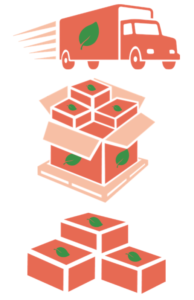
Shipping Option: Full Truck
For those retailers receiving full truckloads of plant material, you know this is the cheapest method in terms of cost per cubic foot or cost per plant. Economies of scale is alive and well when shipping plants in this method. Certain truck lines offer e-track with the ability to have one or more levels of decking. This allows utilization of as much vertical space as possible inside the trailer (usually 8 to 9 feet tall).
Typically, when shipping a full truck load, the customer is limited to only a few growers to fill the 53 feet of space because the truck line limits the number of pickups (or makes it very costly to add more beyond their included limit). This pickup limitation also necessitates ordering a large quantity of the same plants to ensure the cost of freight per plant is as low as possible.
There simply isn’t a grower that grows or carries every plant needed by retailers in a single place. Depending on the truck line or carrier, going to more than three to five different nurseries is out of the question.
Personal side note: I wouldn’t be surprised if the number of pickups allowed decreases as carriers try to find ways to maximize drivers’ allotted hours.
Shipping Option: LTL or Partial Truck
Less than truckload shipping or less than load (LTL) is precisely that: shipping less than a full truckload of plants. There are several carriers that offer this method, and the space allocated varies depending on the carrier and the delivery location. Your plant supplier likely knows several carriers from which you can choose and is often a good source for recommendations. Generally, the further away the destination, the higher the minimum space required by the truck line.
Another option is purchasing plant products from vendors with their own delivery options. Certain vendors offer plants and delivery all under one roof. Morning Dew Tropical Plants, for instance, has an option called Morning Dew Express, where they contract full trucks, divide up the space, plan the route and include the delivery on the invoice with the plants. This is an option that allows you to book space in advance!
New Shipping Option: FedEx Freight Box
A handful of Florida suppliers, including Morning Dew Tropical Plants, have started offering a new plant delivery option utilizing FedEx Freight.
Here’s how it works: the customer orders enough plants to fill a pallet-size box that’s made of specialized dense cardboard and shipped on a pallet. Dimensions of the pallet box are 40 inches wide by 48 inches long by 39 inches high (or approximately 40 to 50 cubic feet of material). Generally, this can fit 12 to 14 boxes of 2- and 4-inch material, or 10 to 12 boxes if you include some 6-inch material. You can include 8- or 10-inch material that’s shorter than 39 inches too.
Finding the right balance of plant material is the trick to maximize the benefit of the freight box. The benefits of FedEx Freight box are flat-rate pricing, ability to track count on FedEx world-class logistics, and year-round availability without limitation.
When filled to capacity, the freight pricing is competitive with LTL rates (although slightly more expensive, but you don’t have to order as much material). Keep in mind that if you don’t have a forklift, FedEx charges more for the liftgate service. This option is generally two to three days for delivery to most locations. Oregon or Washington would require four days.
Smaller Shipping Option: FedEx
We are seeing more and more growers open to the option to send their plants by traditional FedEx. Usually there is a requirement to send it priority, so it doesn’t sit as long. They also like to ship it toward the beginning of the week so that the plants don’t sit at a FedEx facility over the weekend.
If you’re in a pinch, check on Friday or Monday because growers will ship Monday or Tuesday so that it gets to you the same week. During cold months, ask them to put heat packs in the boxes. This option is the costliest when comparing freight per cube or freight cost per plant. However, there are times that you simply need the plants and don’t want to or can’t wait for an LTL order.
While temperature-controlled trucking is still and will remain the standard method for getting plant orders from Florida to retailers across the country, there is an emergence of other options worth exploring. Be sure to ask your plant suppliers for recommendations on what options are available or ask Morning Dew Tropical Plants for a free shipping method analysis to see if you are getting the best rates.


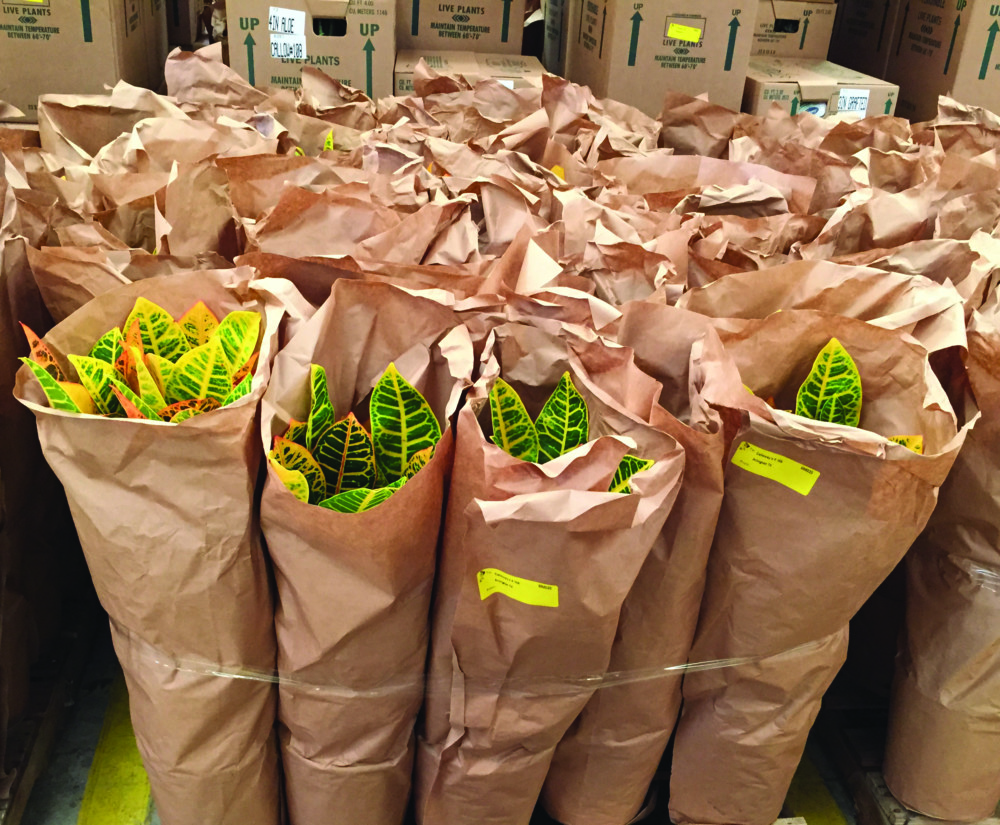


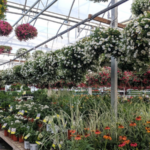


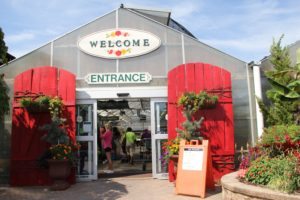

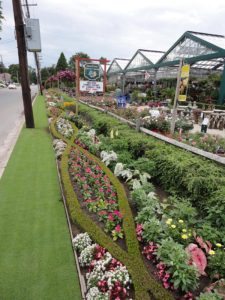
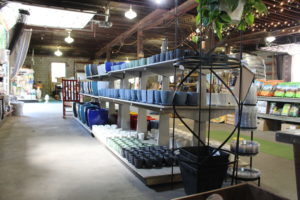
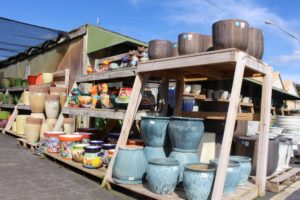
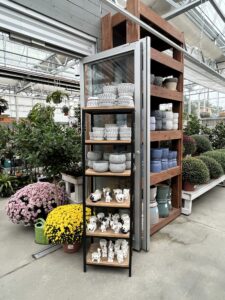

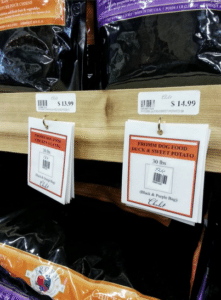
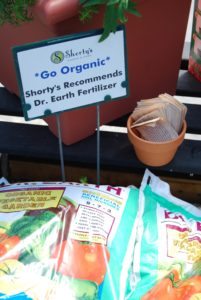
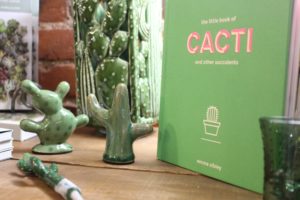
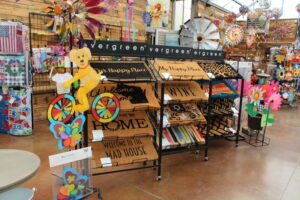
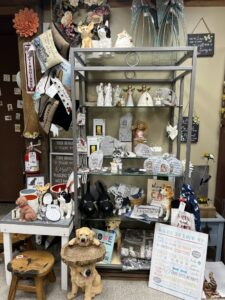
 Videos
Videos





